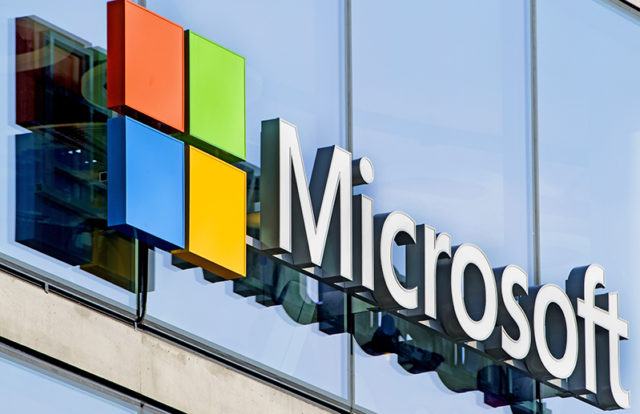
Yes, it is official! Microsoft is getting ready to pull the plug on Internet Explorer 11 (IE 11) browser in a phased manner beginning November 30, 2020. In an announcement, it stated that the legacy Microsoft Edge browser and remaining Microsoft 365 apps and services will stop supporting IE 11 completely from March 9, 2021, and August 17, 2021, respectively. After the listed dates, new security updates for the IE 11 and legacy Edge browsers will not be available.
Key Highlights
- Microsoft to phase out Internet Explorer 11 (IE 11) and the legacy Edge browsers.
- It will not provide any security updates to the IE 11 browser from November 2020.
- The new seven-month-old Chromium-based Microsoft Edge browser will replace the two.
- The migration will not affect other IE11 legacy apps and they will continue to function properly on Microsoft Edge, which will have backward compatibility.
Why a Phased End of Support?
Microsoft critically answered this question by saying, “Customers have made business-critical investments in IE 11 legacy apps and we respect that those apps are still functioning. Our customers’ own legacy IE 11 apps and their investments need to continue to work.” However, speed, security, privacy, ease of use, manageability, and productivity are certain issues that IE has been facing since its IE 6 version. To address these issues and give ample time to its customers for the migration of their IE and Legacy Edge apps to the open-source Chromium-based Edge, Microsoft believes that a phased pull-out is the correct approach.
How IE Lost its Sheen
In a world that was changing in the blink of an eye, IE only had 11 versions released in its lifecycle of nearly 25 years. In contrast, the biggest competitor of IE, Google Chrome browser, released 80+ versions in just 12 years since its launch in 2008. Chrome received updates every six to eight weeks whereas IE received new features only with new major releases, which were separated by as many as five years (IE5 to IE6) and as few as one (IE10 to IE11). Thus, owing to the popularity scales tilting towards Chrome and other browsers like Firefox and Safari, Microsoft called it quits on IE with version 11, the one included with Windows 10.
Since the Windows 10 release in 2015, IE continued receiving security updates, but no new features have been added to it. Looking at the declining number of users, Microsoft instead diverted its attention to developing the Legacy Edge browser.
With native integration in Microsoft management, security, and productivity tools, we recommend the new Microsoft Edge to address our customers’ compatibility and secure remote work needs.
– Microsoft
It is now comfortable and confident about the security and privacy aspects of Edge and is all set to embrace it with open arms. Microsoft said, “The new Microsoft Edge is our best expression of a modern browser. It is a browser built on the Chromium open-source engine with the latest in Microsoft enterprise capabilities. Since its release in January, millions of users have upgraded their home and work browsers to the new Microsoft Edge. Additionally, new devices and future Windows feature updates (starting with Windows 10, version 20H2) will contain the new Microsoft Edge.”
“With native integration in Microsoft management, security, and productivity tools, we recommend the new Microsoft Edge to address our customers’ compatibility and secure remote work needs. Microsoft Edge has SmartScreen built-in and has the highest-rated phishing and malware protection as measured by two independent studies. We will also support our customers’ transition to the new Microsoft Edge with app and site compatibility assistance. As part of the App Assure promise, we have Microsoft engineers ready to help customers in case they run into compatibility issues,” Microsoft concluded.










